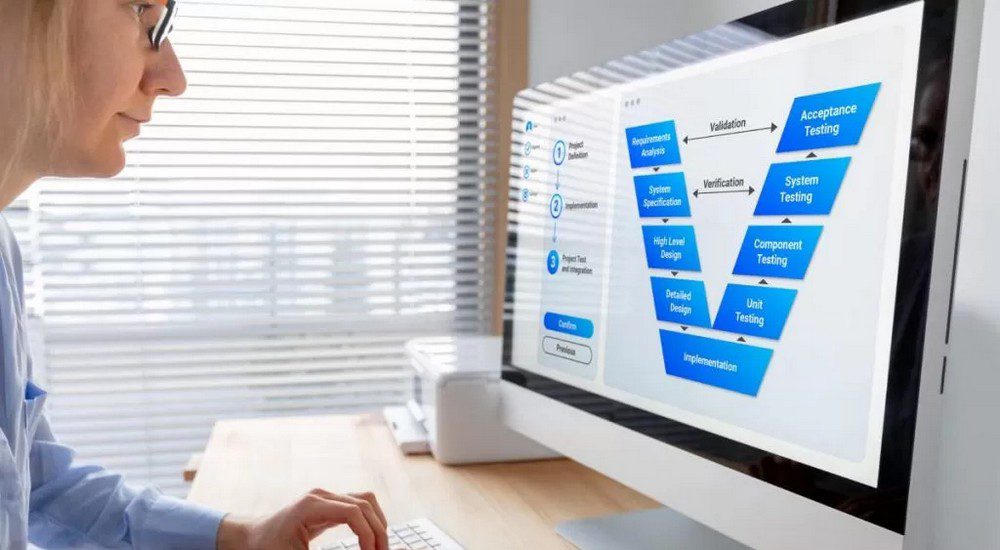Blog
Articles to grow your career
Article
Manual Testing Best Practices: Tips and Techniques
Over the years, software testing has evolved into a crucial aspect of the development and launch process. While techniques like Automation have gained popularity for streamlining repetitive testing tasks, manual testing remains vital to achieving optimal performance and desired outcomes. Although manual testing may sometimes seem time-consuming, it is essential for testers to continually engage in different approaches, best practices, and techniques to enhance their learning process.
At Spincareer, we ensure that our testers receive regular exposure to diverse projects and challenges in manual testing. Furthermore, familiarity with available tools and technologies plays a significant role in shaping the journey of every tester. This post highlights various best practices testers should adopt to improve their manual testing skills.
Why Do We Need Software Testing?
Simply put, software testing is crucial because it directly affects user satisfaction. It ensures the quality of the product, meets customer and user expectations, and leads to better business optimization by reducing maintenance costs and providing a reliable and superior user experience. The iterative efforts put into creating powerful and error-free software are extensive. Software testing is decisive in the development process alongside designers and developers.
It follows the software development life cycle, coming right after development to compile and verify units. In essence, software testing entails an ongoing procedure of verifying and validating with the ultimate goal of delivering an outstanding product. Each testing phase assesses the system/application’s performance and efficiency, ensuring it aligns with technical and business parameters. The importance of software testing becomes clear in the conclusive quality assurance report.
The final products can surpass the expected outcomes by successfully passing through various testing levels. Testers identify errors at each level and prevent such issues in the future. Additionally, analyzing each mistake leads to developing an improved software version.
Manual Testing Best practices
Here are some tips and techniques on how to organize manual testing tasks effectively.
Do you want to join us?
Leave an application and get a free consultation from our manager.
- Help in choosing a direction
- Course consultation
- Additional materials for the start
A Good Test Plan
The QA team is tasked with devising a comprehensive plan to oversee the testing process during the development phase effectively. This plan should entail defining the range of tasks involved in the project, establishing a deadline for completing the testing process and determining the cost of services.
The Requirement Should Be Clear
After establishing a good test plan, the crucial step is acquiring a firm grasp on project requirements. A proficient tester recognizes that thoroughly examining the requirements can yield valuable insights. Whether it’s executives or analysts, testers must understand the factors that could impede test results and enhance their expertise in existing test procedures and Manual QA testing skills.
Writing Test Cases
Once all queries are resolved and the requirements are understood, the tester creates test cases with self-explanatory steps that they will execute. Test Case Design Techniques should be utilized to write effective test cases. The test steps should be clear and comprehensible even to individuals without prior knowledge of the software.
Reviewing Test Cases
Test cases undergo thorough reviews by peers, development teams, and business analysts to ensure comprehensive test coverage. This review aims to identify and address any potential testing scenarios that need to be noticed.
Determining Test Validity
To evaluate the application’s features, the tester assumes the role of an end-user. Following a well-defined test plan, they execute numerous test cases to validate the functionality. This process helps ensure that the application meets the desired requirements.
Defect Management
During the test execution phase, testers identify defects that must be reported to developers and other stakeholders. It is the tester’s responsibility to document and classify these defects accurately. The tester ensures that the defects are properly understood and can be reproduced by all parties. Each defect should be linked to the respective test case execution. The tester should capture and provide important parameters of the defects.
Conclusion
The path to successful manual QA test implementation is paved by following the best practices outlined in this article. By incorporating these tips and techniques, you can avoid common errors and improve your Manual and Automated QA Testing process. This, in turn, enables faster testing, cost savings, and timely product releases.






